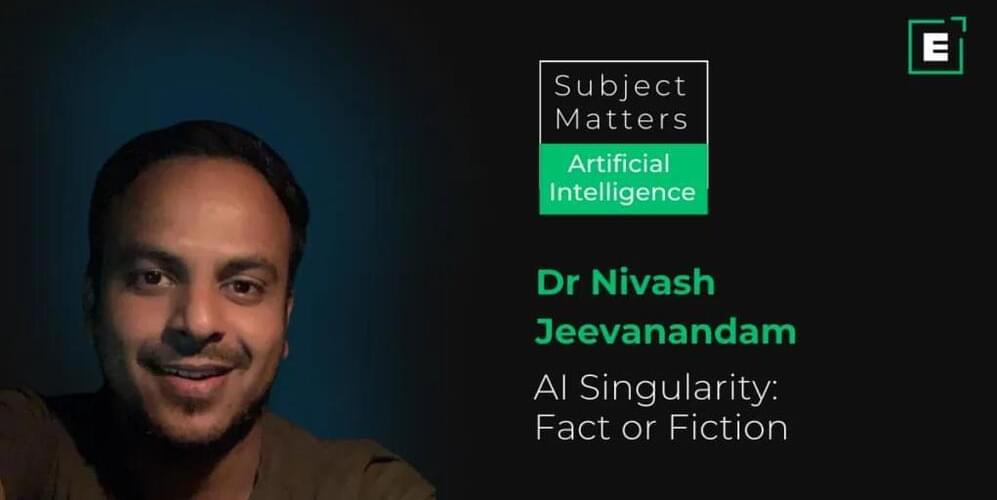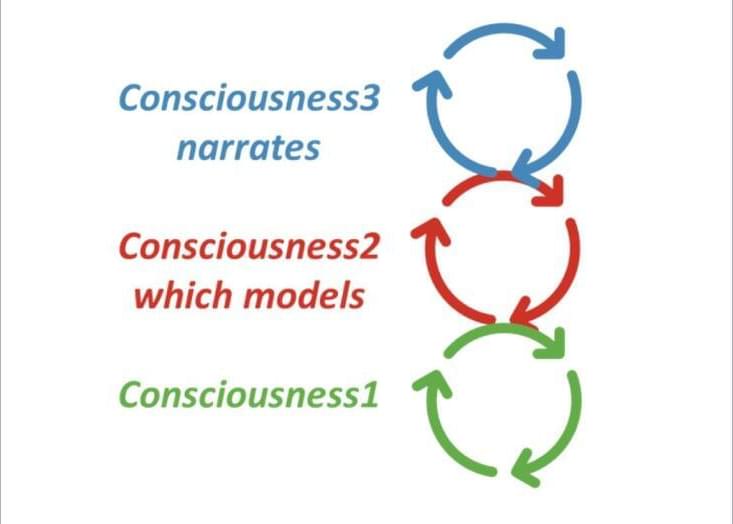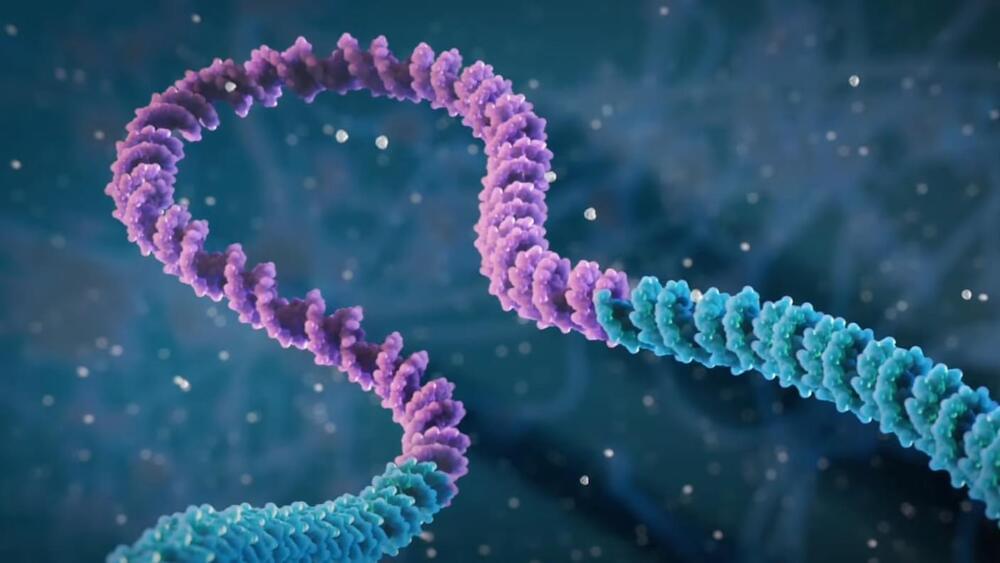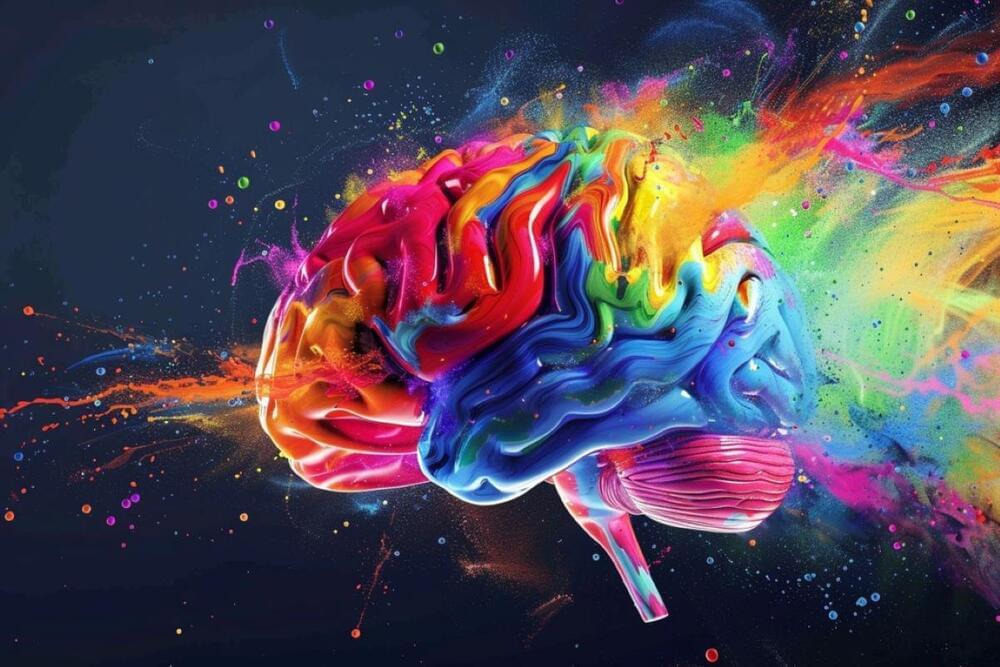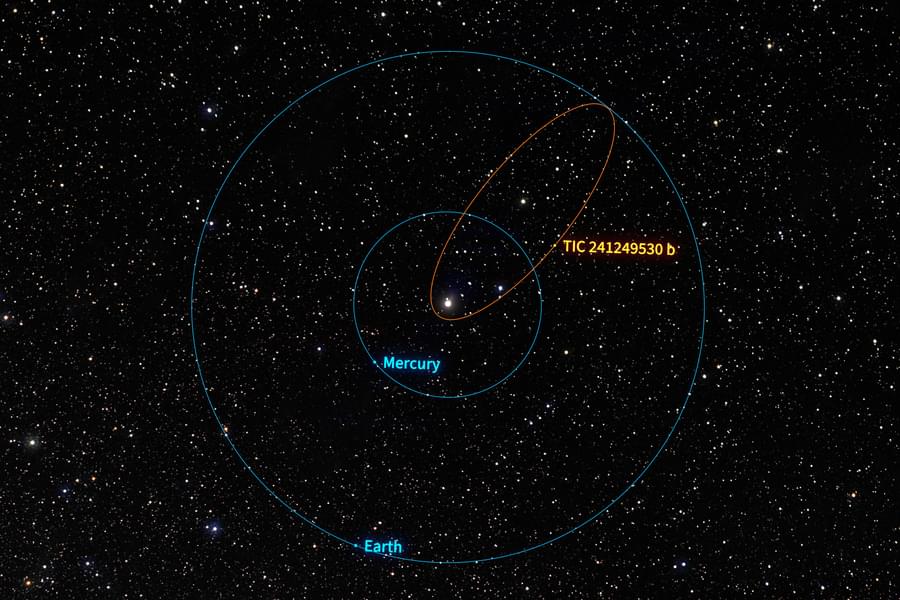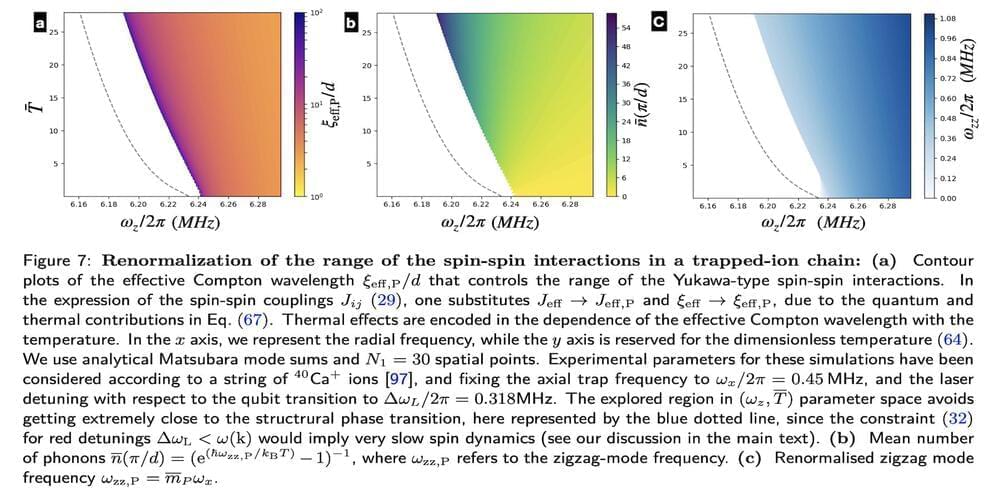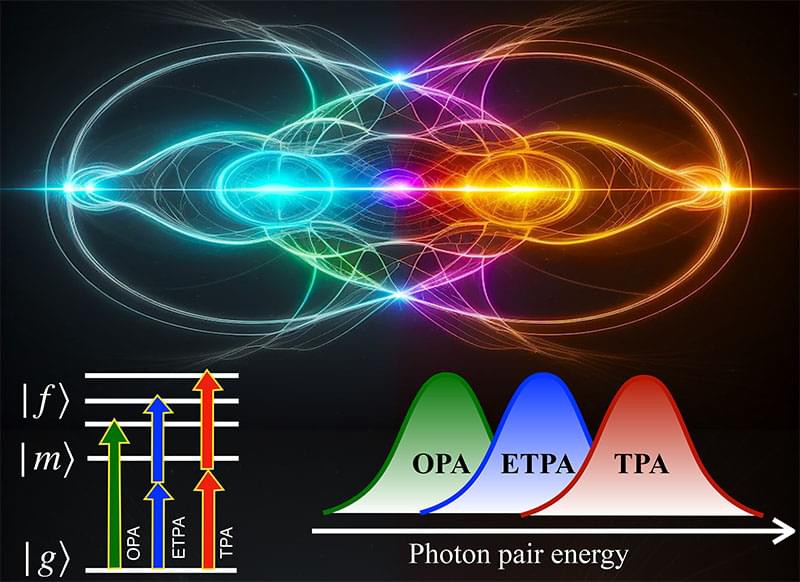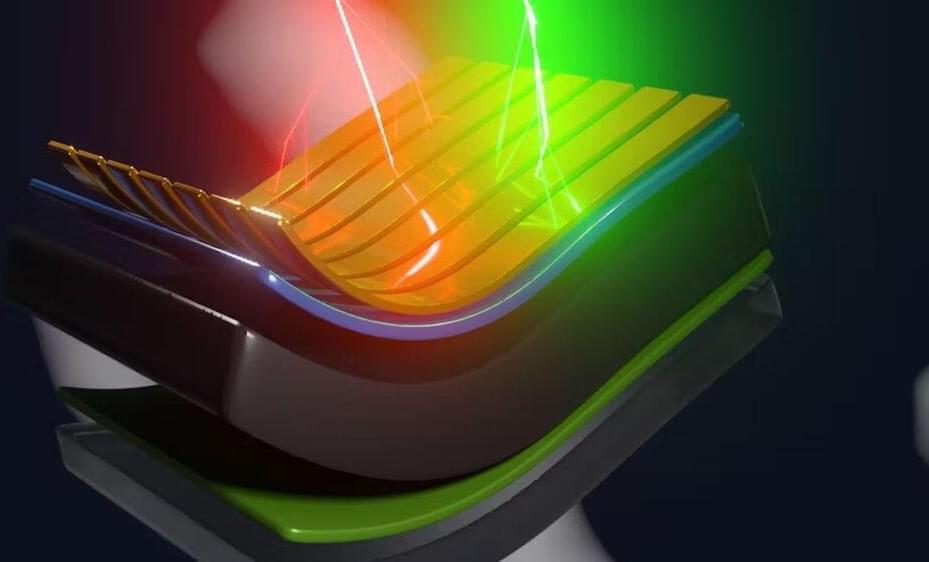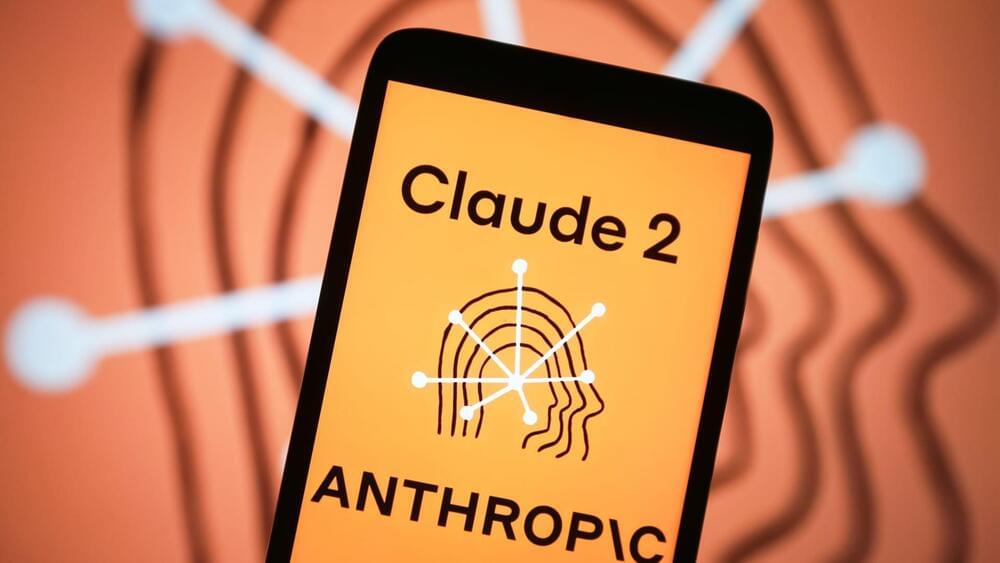
The artificial intelligence startup and Menlo Ventures are launching a $100 million fund on Wednesday to back early-stage startups, and get them using the AI company’s technology. Menlo will put up the cash to invest in the startups, while Anthropic will give founders $25,000 in credits that go toward using its large language models.
The launch of the Anthology Fund mirrors a partnership between Apple and venture firm Kleiner Perkins. The joint venture, called the iFund, was introduced in 2008, a year after the iPhone hit the market, to support developers on Apple’s mobile platforms. It initially started with $100 million in 2008, and doubled to $200 million two years later.
Matt Murphy, a partner at Menlo Ventures and a former partner at Kleiner Perkins, said the iFund was the inspiration for this launch.
